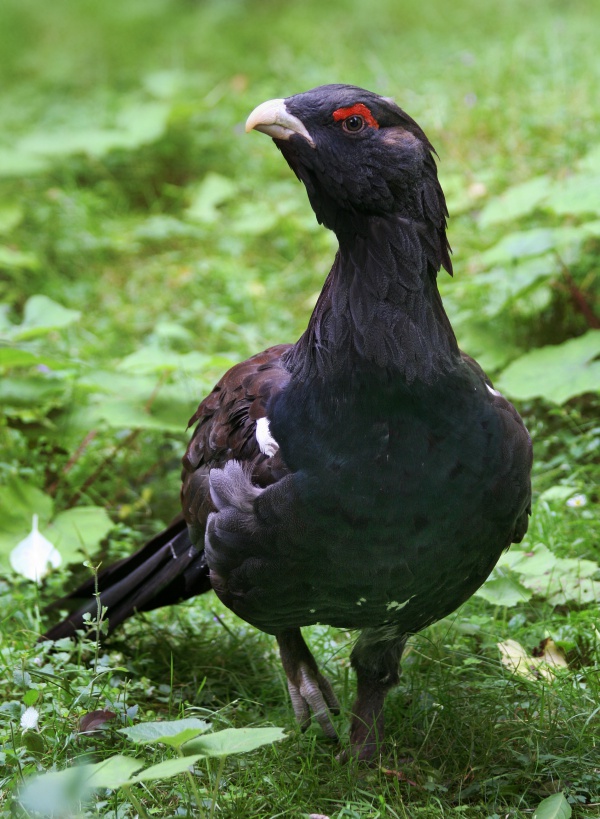Facts About Western capercaillie
The western capercaillie, also known as the wood grouse or heather cock, is the largest member of the grouse family. Male capercaillies are approximately twice the size of females, exemplifying a striking case of sexual dimorphism. These impressive birds inhabit regions across Europe and the Palearctic, particularly noted for their dramatic mating displays. Although the species is generally classified as "least concern" by the IUCN on a global scale, their numbers are declining in Central Europe, with some populations even facing the threat of endangerment or extinction.
The name "capercaillie" is derived from Scottish Gaelic, and the species was first scientifically classified by Carl Linnaeus. There are several subspecies of the western capercaillie distributed from west to east, each exhibiting unique plumage variations. These birds favor mature conifer forests with open canopies but are threatened by habitat degradation and collisions with fences. Fortunately, conservation efforts are underway to protect them.
In terms of diet, the western capercaillie is relatively adaptable. They consume a mix of buds, leaves, berries, insects, and conifer needles, particularly during the winter months. The breeding season spans from March to June, during which males engage in elaborate displays to attract females. Hens usually lay about 8-12 eggs and incubate them for 26-28 days. The chicks are precocial, meaning they are relatively mature and mobile upon hatching, and they grow rapidly by feeding on insects.
Predators of the western capercaillie include lynx, wolves, martens, foxes, and various birds of prey. Historically, these birds have been hunted for sport and food, contributing to population declines in certain areas. Contemporary conservation efforts aim to protect their habitats and regulate hunting practices to ensure these splendid birds continue to thrive.

 Slovenia
Slovenia